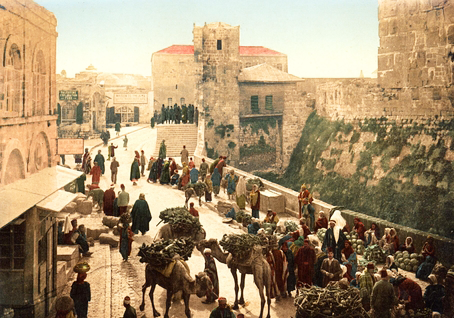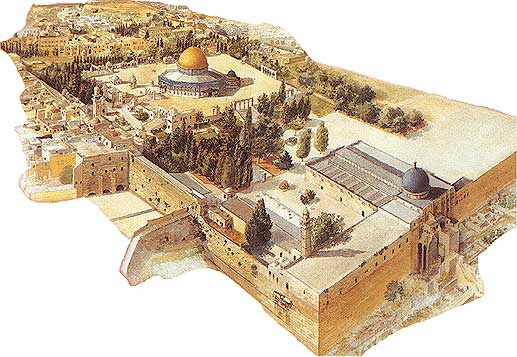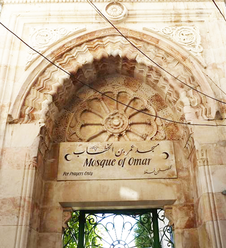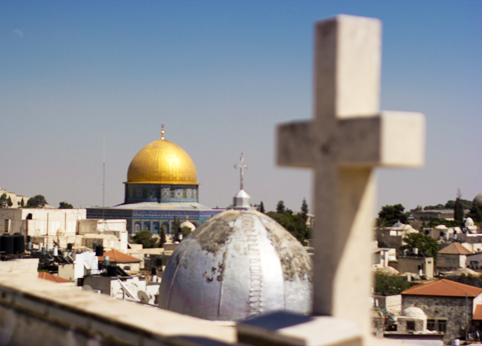Caliph Umar and Jerusalem
| Caliph Umar thus showed the world the meaning of tolerance and generosity in victory and strength. It was the greatness of Islam that shone in his spirit and was reflected in ethics of the man known for his firmness and courage. Under Caliph Umar’s generous rule, those who wanted to leave Jerusalem were allowed to do so with all their possessions while others who opted to stay were guaranteed protection for their lives, property and places of worship. |





 RSS Feed
RSS Feed
